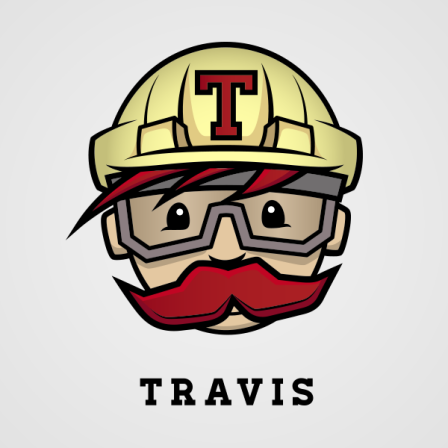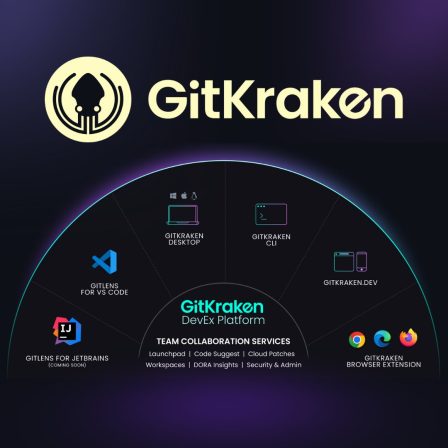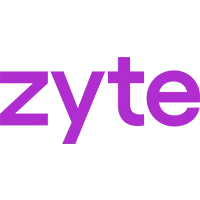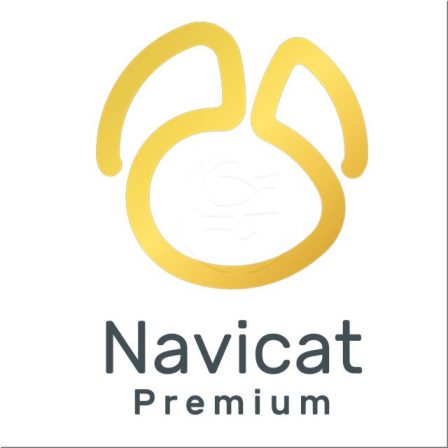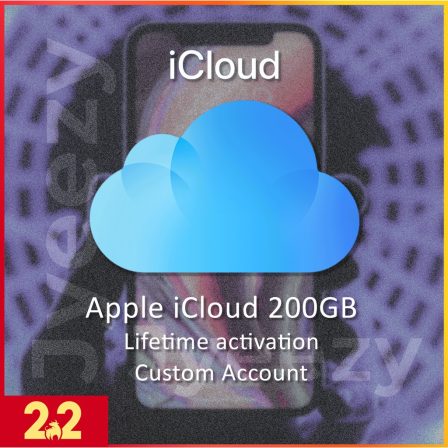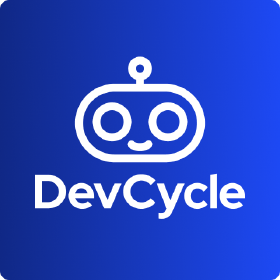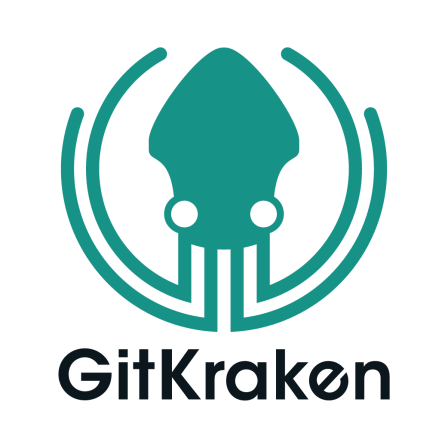There is no item in your cart

Your Next Career Move? A Developer’s Guide to Frontend Operations (FE Ops)
You’re a frontend developer. You’re an expert in React and CSS. But how much of your day is spent not writing components? Are you wrestling with complex build configurations, fighting with a slow CI pipeline, or trying to debug a performance issue that only happens on one specific mobile browser?
This “meta-work”—the work that enables other frontend developers to be productive—has evolved into its own critical specialization: Frontend Operations (FE Ops). It’s the discipline of building and maintaining the infrastructure, tooling, and pipelines that empower frontend teams to ship high-quality products with speed, quality, and confidence. This guide explores what FE Ops is and why it might be your next big career move.
The Core Responsibilities of Frontend Ops
A Frontend Ops engineer focuses on the systems that support the frontend development lifecycle. Their domain includes:
- The Build & Deployment Pipeline: Managing the entire CI/CD process for frontend assets. This includes optimizing bundlers (like Webpack or Vite), managing dependencies, and ensuring fast, reliable deployments to a CDN or host.
- Performance & Monitoring: Owning the Core Web Vitals. This involves setting up tools to track real user performance (RUM), catch JavaScript errors in production, and analyze bundle sizes to prevent performance regressions.
- The Design System & Tooling: Managing the technical infrastructure of the design system. This means building and versioning the component library, documenting components, and ensuring designers and developers have a seamless workflow.
- Testing Infrastructure: Creating and maintaining a robust, scalable infrastructure for running automated frontend tests, including unit, integration, and especially end-to-end (E2E) tests across multiple browsers.
The Modern FE Ops Toolkit: A Practical Guide
To excel at FE Ops, you need to master a specific set of tools:
- For Performance & Error Monitoring: You can’t improve what you can’t measure. A tool like [New Relic] or [Sentry] is essential for tracking real user performance (RUM) and catching JavaScript errors in production before they affect your entire user base.
- For Cross-Browser Testing: Your CI pipeline needs to validate that your UI works everywhere. A testing cloud like [BrowserStack] or [LambdaTest] can run your automated E2E tests (written in frameworks like Cypress or Playwright) across thousands of real browser and device combinations.
- For Feature Management: Safely roll out new UI components and complex features with a feature flagging service like [DevCycle] or [ConfigCat]. This allows for A/B testing and instant rollbacks, a core tenet of modern operations.
- For a Better Local Dev Loop: Use a specialized development browser like [Polypane] to build and debug responsive designs across multiple viewports simultaneously, catching issues long before they hit the pipeline.
Conclusion
As frontend applications become as complex as backend systems, they require the same level of operational rigor and expertise. The Frontend Ops role is a high-impact, rewarding career path for developers who love building tools, optimizing workflows, and making their entire team more productive. It’s the ultimate force multiplier for a modern engineering organization.
Building a world-class frontend experience requires a world-class operational toolchain. From testing on real devices with [BrowserStack] to monitoring performance with [New Relic], SMONE provides the essential tools for modern Frontend Operations. Explore our catalog and empower your team to build and ship with excellence.
